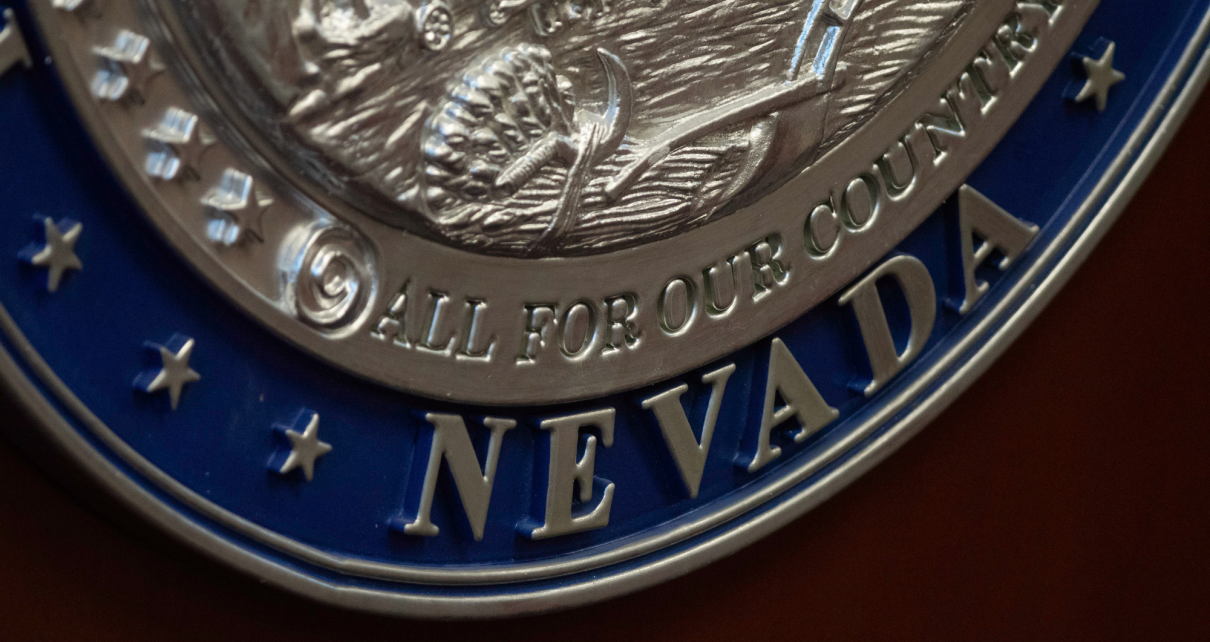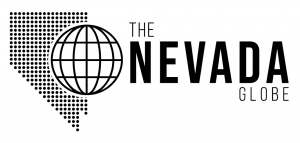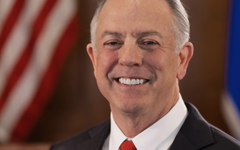
Nevada’s Public Option: Lower Insurance Costs or Government Overreach?
By TheNevadaGlobeStaff, January 14, 2025 10:29 am
In a significant move aimed at reshaping health care in Nevada, the federal government has approved the state’s waiver to offer public option health insurance plans starting in 2026. These plans, branded as the “Battle Born State Plans” (BBSPs), promise premiums at least 15% lower than those currently available through Nevada Health Link, potentially easing the financial burden for many Nevadans seeking coverage.
The initiative, spearheaded by Senate Majority Leader Nicole Cannizzaro, aims to increase health insurance enrollment and reduce premiums while leveraging federal funds. Projections suggest enrollment could grow by 2,000 individuals by 2030, with the state recouping an estimated $300 million to $500 million in federal savings to support these reductions.
Supporters argue the plan is a win for Nevadans, with Cannizzaro calling it a step toward “affordability in the individual health insurance market.” The program, rooted in legislation passed in 2021, mandates premium reductions over the next five years while maintaining benefits and cost-sharing standards comparable to existing plans.
However, the move has sparked debate over government overreach and economic implications. Critics, including Governor Joe Lombardo, who has openly opposed the public option, question whether this plan reflects prudent fiscal responsibility or simply a political maneuver to expand government control over health care. Lombardo previously dismissed the idea as “bullshit” during his campaign and has remained skeptical of its long-term viability.
Concerns Over Market Impact
While proponents highlight cost reductions and market stabilization efforts, including reinsurance programs to offset insurers’ risks, critics warn of unintended consequences. Will government intervention distort market dynamics and discourage private insurers from competing? And how will these policies impact rural health care providers, already struggling to stay afloat?
Balancing Federal Savings and State Priorities
The waiver promises to generate $322 million in federal savings over five years. These funds will be reinvested into market stabilization programs and incentives for high-performing insurers and health professionals willing to serve in underserved areas. Yet questions remain about how this funding will be allocated and whether it will address the root causes of Nevada’s health care challenges.
As the state prepares for implementation, Cannizzaro’s spokesperson, Greg Lademann, defended the plan, emphasizing its focus on using Nevada’s purchasing power to reduce consumer costs. “At the end of the day, this is about affordability and stability,” he said.
But is this plan the solution Nevada needs, or will it lead to greater dependency on government programs and less innovation in the private sector? Only time will tell if the Battle Born State’s bold experiment will succeed.
Source: Nevada Current
Copyright 2024 702 Times, NV Globe. All rights reserved
- Colorado River Discussions Delayed as Lombardo Requests January Meeting - December 15, 2025
- GOLDEN STATE EXODUS: Valero Burns $1B Just to Get Out of California - December 15, 2025
- Henderson Police Shoot Suspect Accused in Attempted Kidnapping - December 15, 2025




